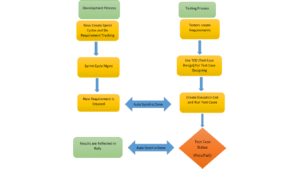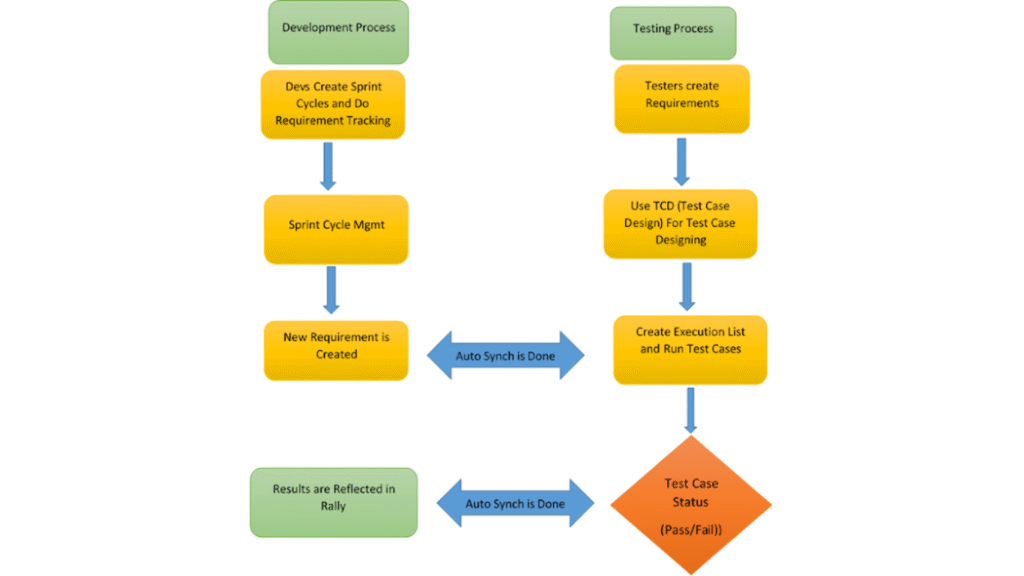In today’s competitive job market, having experience in automation testing can put you ahead of the curve. However, when you’re sitting in front of an interviewer, it’s not just about what you know it’s about how well you explain it. If you’ve completed a Selenium Automation Project through professional experience or as part of a Selenium course, knowing how to explain your project clearly and confidently is key to landing the job.
This blog will show you exactly how to explain a Selenium Automation Project in an interview. We’ll break down the explanation into actionable steps, highlight best practices, and provide examples based on real-world applications. Whether you’re preparing for your first QA role or seeking advancement, this guide will help you articulate your automation experience like a pro.
What is a Selenium Automation Project?
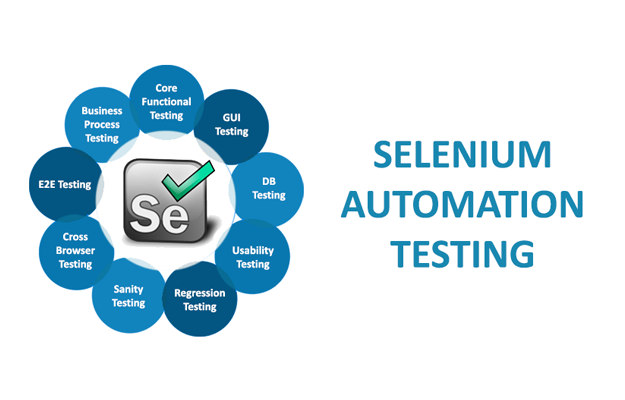
A Selenium Automation Project refers to the use of Selenium WebDriver to automate the testing of web applications. It involves writing test scripts, designing a framework, integrating tools like TestNG, Maven, or Jenkins, and generating reports that validate functionality and performance.
Most projects follow a test automation life cycle, including:
- Requirement analysis
- Test planning
- Framework design
- Script development
- Execution and reporting
By showing a thorough understanding of these components, you’ll demonstrate practical and industry-relevant skills in automation testing.
Step-by-Step: How to Explain a Selenium Automation Project
The easiest way to explain your Selenium Automation Project is to break it down into logical parts. Below is a proven format you can follow during your interview.
Start with the Project Overview
Start your explanation with a quick summary of the application and business goal.
“In my Selenium Automation Project, I worked on a healthcare web portal where patients could schedule appointments and view test results. The goal was to automate regression testing for core functionalities to ensure stable releases.”
Include details like:
- Application domain (e.g., banking, retail, healthcare)
- Type of testing (functional, regression, smoke)
- Project duration
- Team size and your role
This builds context and sets the foundation for deeper technical questions.
Programming Language Used
Explain the language used in your Selenium Automation Project and why.
“We used Java because of its strong compatibility with Selenium WebDriver and the rich support for tools like Maven and TestNG.”
Common language choices include:
- Java
- Python
- C#
- JavaScript (for WebDriverIO)
Be sure to mention your comfort level and experience with that language.
Framework Type and Design
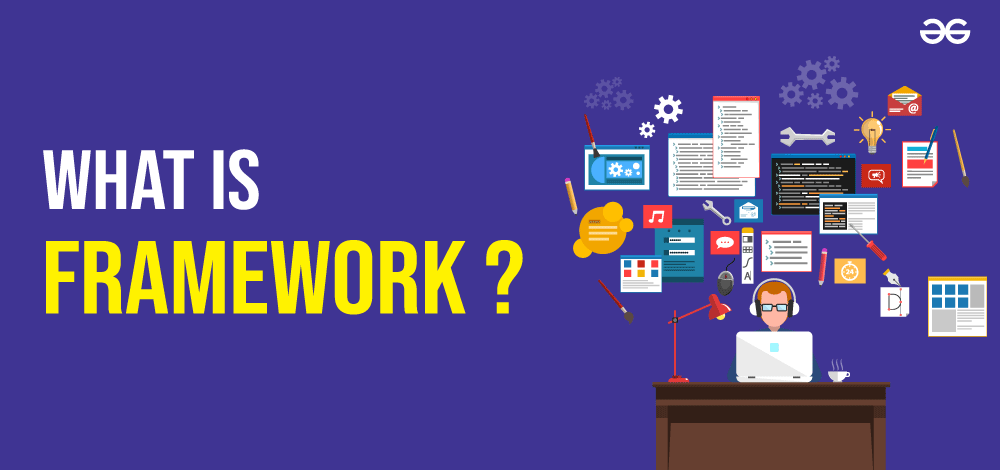
Discuss the automation framework you implemented.
“We used a Hybrid Framework that combined the benefits of both Data-Driven and Page Object Model structures. This allowed for modular design and easy scalability of the Selenium Automation Project.”
Other types of frameworks:
- Keyword-Driven
- Modular Framework
- Data-Driven Framework
- Behavior-Driven (e.g., Cucumber)
You should also explain how the framework was structured and why it was chosen for the project.
Page Object Model (POM)
A major part of any Selenium Automation Project is how the test scripts interact with web elements.
“We implemented Page Object Model (POM) to separate test logic from UI elements. Each page had its own class, making it easy to maintain the scripts as the application evolved.”
Benefits to mention:
- Increases reusability
- Simplifies code maintenance
- Enhances readability
The POM approach is often considered a best practice in Selenium-based projects.
Folder Structure and Organization
A well-organized folder structure reflects your professionalism.
Example directory structure:
/src/test/java– Test cases/src/main/java– Business logic and utility classes/resources– Configuration files, test data/reports– Test results and logs/drivers– ChromeDriver, GeckoDriver, etc.
Explain how this structure contributed to the clarity and maintainability of your Selenium Automation Project.
Test Execution with TestNG
TestNG is widely used for test execution in Selenium projects.
“In our Selenium Automation Project, we used TestNG for managing test execution, grouping test cases, setting priorities, and using annotations for test control.”
Key features of TestNG to highlight:
- Parallel execution
- Suite-level execution via XML
- Retry logic for flaky tests
- Detailed logs and reports
Tools and Utilities Used
Interviewers appreciate when you list tools along with their purpose.
| Tool | Purpose |
|---|---|
| Selenium WebDriver | Web automation |
| TestNG | Test execution and reporting |
| Maven | Dependency and build management |
| Jenkins | Continuous Integration (CI) |
| Git | Version control |
| Apache POI | Data handling for Excel files |
| Log4j | Logging test execution flow |
| ExtentReports | Test result visualization |
Explain how these tools fit into your Selenium Automation Project to show end-to-end project involvement.
Data-Driven Testing
If you applied Data-Driven Testing, describe your approach.
“In our Selenium Automation Project, we used Apache POI to read and write test data from Excel files. This helped us validate multiple scenarios using the same test scripts.”
Benefits to mention:
- Better test coverage
- Reusable test logic
- Easy test management
Data-driven testing is a great way to highlight the flexibility of your framework.
Reusable Functions and Utilities
Creating reusable components improves efficiency.
“We developed reusable utility functions for browser setup, login, taking screenshots, and reading from config files. This reduced code duplication and increased maintainability.”
Examples of reusable functions:
launchBrowser()readExcelData()getScreenshotOnFailure()readConfigProperties()
This reflects solid coding practices in your Selenium Automation Project.
Execution and Reporting
Talk about how test cases were executed and how results were reported.
“We used TestNG and integrated ExtentReports to generate rich HTML reports, including test status, execution time, and screenshots on failure.”
Reporting features:
- Interactive charts and logs
- Screenshots for failed tests
- Step-by-step status reports
Reports are often shared with stakeholders, so clear and informative reporting adds credibility to your Selenium Automation Project.
CI/CD Integration
If you used Jenkins or another CI/CD tool, explain it.
“Our Selenium Automation Project was integrated with Jenkins. We scheduled daily builds, which automatically ran test cases and emailed reports to the QA team.”
Benefits:
- Faster feedback loop
- Automated regression testing
- Detect bugs earlier in the SDLC
CI/CD integration shows that you understand enterprise-level testing processes.
Bug Logging and Collaboration
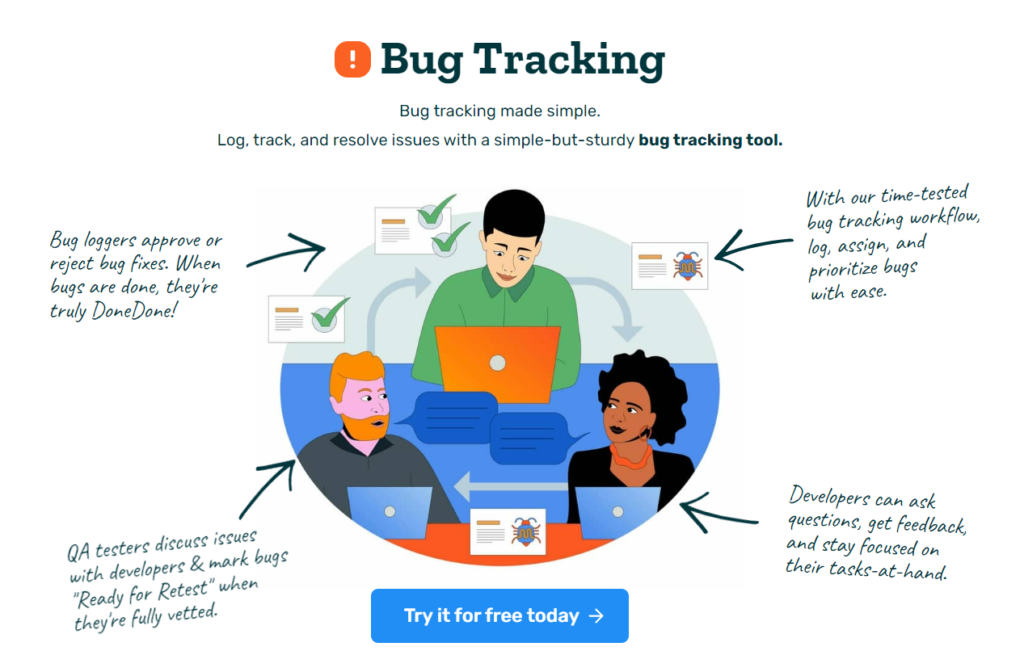
Highlight how you logged bugs and worked with developers.
“Whenever a script failed, I captured the logs, took screenshots, and reported bugs in Jira with reproduction steps. I collaborated closely with developers to resolve them.”
Best practices:
- Log detailed reproduction steps
- Attach relevant screenshots
- Follow up after fix deployment
Bug logging is a critical part of a professional Selenium Automation Project.
Challenges Faced and Solutions
Here’s your chance to shine talk about the problems you solved.
Example:
Challenge: Dynamic elements that weren’t clickable during test execution.
Solution: Used explicit waits (WebDriverWait) to handle synchronization.
Other common issues:
- Browser compatibility
- Handling alerts or popups
- Network latency delays
Demonstrating how you handled real problems builds trust and authority.
Results and Metrics
Wherever possible, quantify your impact.
“We automated 200+ test cases, which reduced manual regression testing effort by 70%. Execution time went from 8 hours to under 2 hours.”
Metrics help prove the value of your Selenium Automation Project in business terms.
Lessons Learned
Wrap up with personal or team-based insights.
“I learned the importance of writing modular code and following naming conventions. More importantly, I understood how automation contributes to faster and more reliable releases.”
Employers love candidates who can reflect and grow from experience.
Key Takeaways
Here’s a quick checklist for explaining your Selenium Automation Project effectively:
- Give a brief but strong project overview
- Name the tools and explain their use
- Explain the framework design and its benefits
- Mention reusable code and utilities
- Highlight your problem-solving approach
- Share metrics and outcomes
Conclusion
Mastering how to explain your Selenium Automation Project can make the difference between a good interview and a great one. Use the structure, tips, and examples in this guide to confidently showcase your knowledge, skills, and real-world application of Selenium automation.
👉 Want to sharpen your automation skills and build real-time Selenium projects?
Enroll in H2K Infosys’ Selenium certification course today to get






